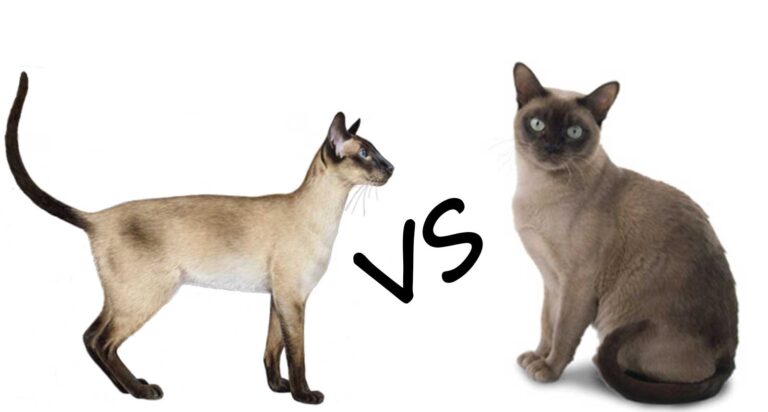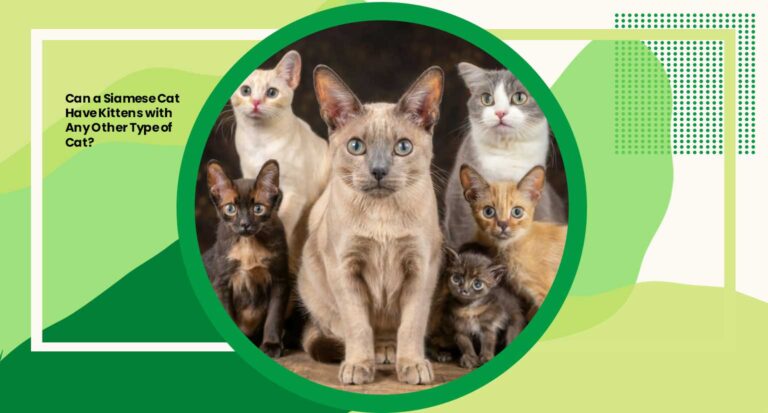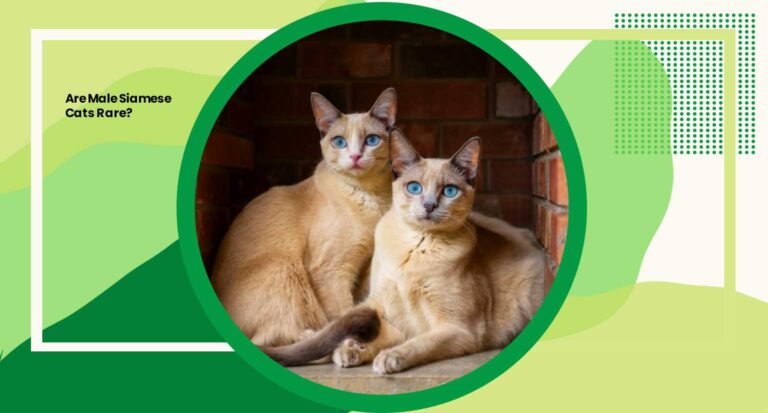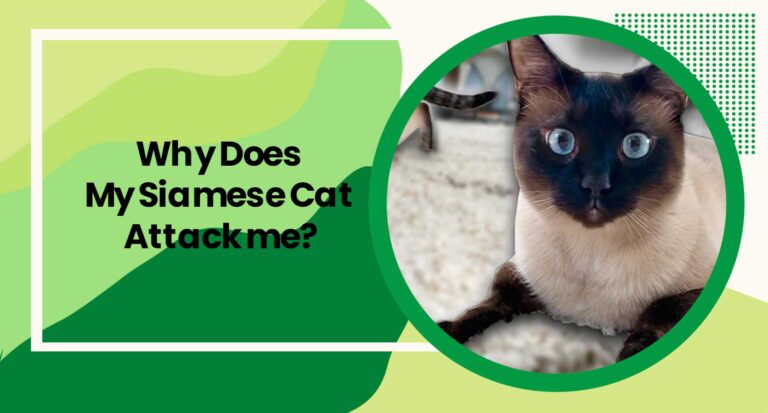Siamese Cat Shedding
Siamese cats are a charming breed thanks to their eye-catching blue eyes with almond shapes and distinctive color spots. However, owning a Siamese cat means dealing with specific care requirements, including Siamese cat shedding.
In this article, we’ll delve into the world of Siamese cat shedding, exploring the reasons behind it and offering practical tips to keep your feline friend’s coat healthy and your home fur-free.
Whether you’re a seasoned Siamese owner or considering adopting one of these elegant pets, this guide will provide you with valuable insights to make Siamese cat shedding a manageable aspect of Siamese cat ownership.
Are Siamese Cats Low Shedding?
As a Siamese cat enthusiast, one of the first questions you might have when considering this breed is, Are Siamese cats low shedding? The short answer is, not quite.
Siamese cats are renowned for their striking looks and vibrant personalities, but shedding is a part of the deal.
Let’s dive deeper into why Siamese cats aren’t considered low shedding and what you can do to manage this natural aspect of their grooming routine.
Siamese cats have a short, fine coat that may give the impression of minimal shedding compared to long-haired breeds.
Genetics and Environment at Play
However, their shedding patterns are influenced by a variety of factors. The first factor is their individual genetics. Just like people, each Siamese cat is unique, and some may shed more than others.
Climate and seasonal changes also play a role. Cats, including Siamese, tend to shed more during seasonal transitions, especially in the spring and fall.
Another reason Siamese cats are not considered low shedding is their grooming habits.
They are meticulous self-groomers and tend to ingest loose fur during their grooming sessions. While this behavior is natural, it can lead to more hairballs and increased shedding.
Tips for Managing Siamese Cat Shedding
If you’re a Siamese cat owner, don’t worry. Although Siamese cats are not low shedding, there are several steps you can take to manage their shedding and keep your home fur-free.
We’ll explore these strategies in more detail throughout this article. So, let’s get started on making your Siamese cat’s shedding manageable.
Siamese Cat Shedding
Siamese cats are undoubtedly one of the most striking and elegant feline breeds, known for their enchanting blue almond-shaped eyes and distinct coat color points.
However, their beauty also comes with a natural aspect that every Siamese cat owner must contend with: shedding.
Patterns and Influential Factors
Siamese cat shedding is crucial to ensure your feline companion’s well-being and maintain a clean, fur-free home. In this section, we’ll take a closer look at the shedding patterns and factors that influence how Siamese cats shed.
We’ll also provide practical tips and advice to help you manage and reduce their shedding effectively, keeping your Siamese cat happy and your living space pristine.
Insights for Owners, Both Seasoned and New
Whether you’re a seasoned Siamese owner or considering bringing one of these magnificent cats into your life, you’ll find valuable insights here to make Siamese cat shedding a manageable part of ownership.
Which Cat Sheds the Least Hair?
Choosing a cat, especially if you have concerns about shedding, you might be wondering which cat breed sheds the least hair.
After all, some individuals are more sensitive to allergens or simply prefer a clean, low-maintenance home. Let’s explore some cat breeds known for their minimal shedding tendencies:
Siamese Cats
Siamese cats, as discussed earlier, have short, fine coats that may give the appearance of minimal shedding compared to longer-haired breeds. While they do shed, it’s generally less noticeable, and their grooming habits can help keep shedding in check.
Bengal Cats
Bengal cats have a unique, beautifully patterned coat that is typically short and doesn’t shed excessively. They require regular grooming, but their shedding is relatively low.
Russian Blue Cats
Russian Blue cats have a plush, dense coat that doesn’t shed as much as you might expect. They are also known for their hypoallergenic qualities, which can be a significant advantage for those with allergies.
Sphynx Cats
While Sphynx cats are hairless, they may not be for everyone due to their unique appearance. However, their lack of fur means they don’t shed, making them an ideal choice for those looking for a truly low-shedding feline companion.
Balinese Cats
Balinese cats have a semi-long, silky coat that produces fewer allergens and sheds less compared to other long-haired breeds. Regular grooming can further reduce shedding.
Cornish Rex Cats
Cornish Rex cats have soft, curly coats that minimize shedding. While they do shed some hair, it’s less noticeable and easier to manage.
It’s important to note that individual cats, regardless of breed, may still exhibit varying degrees of shedding. Factors such as genetics, grooming routines, and overall health can influence shedding levels.
Tips and Tricks for Finding Your Perfect Match
If minimal shedding is a top priority for you, it’s a good idea to consult with breeders or rescue organizations to find a cat that aligns with your preferences. Additionally, routine grooming and a healthy diet can help reduce shedding in any cat breed.
Siamese cats, like many other breeds, can be prone to certain health issues, but skin problems aren’t specifically prevalent in Siamese cats as a breed characteristic.
However, individual cats, regardless of breed, can experience various skin conditions due to factors like genetics, environmental triggers, or underlying health issues.
Common Skin Conditions in Siamese Cats and Other Breeds
Some skin issues commonly observed in Siamese cats or other breeds include:
-Feline Acne: This can occur in cats of any breed, including Siamese. It typically manifests as blackheads or pimples on the chin and can be triggered by stress, poor grooming, or plastic food/water bowls.
-Allergies: Cats, including Siamese, can have allergic reactions to various allergens such as pollen, certain foods, fleas, or environmental factors, leading to skin irritation, itchiness, or rash.
-Fungal or Bacterial Infections: Ringworm, a fungal infection, or bacterial infections can affect a cat’s skin and coat, causing hair loss, redness, or lesions.
-Parasites: Fleas, mites, or other parasites can lead to skin irritation, itching, and discomfort, affecting Siamese cats just like any other breed.
-Sun Sensitivity: Some Siamese cats with lighter coats may be more prone to sunburns or sun-induced skin issues due to their lighter pigmentation.
Regular grooming, a balanced diet, and maintaining a stress-free environment can help prevent many skin problems in Siamese cats.
However, if you notice any unusual changes in your cat’s skin, such as persistent itching, redness, hair loss, or lesions, it’s essential to consult a veterinarian for proper diagnosis and treatment.
Frequently Asked Questions (FAQS)
1. Do Siamese cats shed a lot?
Siamese cats do shed, but it’s generally less noticeable compared to long-haired breeds. Shedding varies from one Siamese cat to another, influenced by factors like genetics, climate, and grooming habits.
2. What causes Siamese cats to shed?
Siamese cats shed for various reasons, including seasonal changes, individual genetics, and their meticulous self-grooming habits, which can lead to more hairballs and shedding.
3. How can I reduce Siamese cat shedding?
Reducing Siamese cat shedding involves regular grooming, a balanced diet, and maintaining a clean environment. Brushing your Siamese cat’s coat helps remove loose fur, while providing high-quality cat food ensures healthy skin and fur.
4. How often should I groom my Siamese cat to control shedding?
Regular grooming is key to controlling shedding in Siamese cats. Aim for brushing sessions at least a few times a week to remove loose fur and distribute natural oils through their coat.
5. Are there any dietary changes that can reduce shedding in Siamese cats?
Feeding your Siamese cat a high-quality cat food that supports skin and coat health can help reduce shedding. Look for foods with essential fatty acids, such as Omega-3 and Omega-6.
6. Can excessive shedding be a sign of a health problem in Siamese cats?
Yes, excessive shedding can sometimes indicate underlying health issues. If you notice a sudden and significant increase in shedding or other concerning signs, consult your veterinarian for a thorough check-up.
7. What’s the best way to prevent hairballs in Siamese cats?
Regular grooming to remove loose fur can significantly reduce hairballs. Additionally, providing hairball control cat treats or supplements may help prevent hairball formation.
8. Do Siamese kittens shed differently than adults?
Siamese kittens may shed less than adults initially, but their shedding patterns will change as they grow. It’s essential to establish a grooming routine from a young age to manage shedding effectively.







